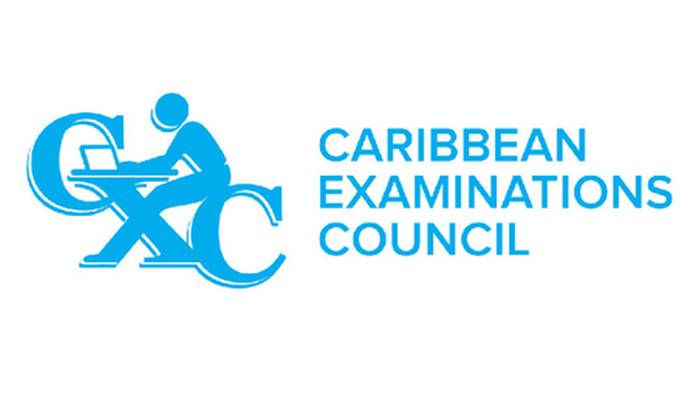
By Dr Bill McGraw
BOQUETE, Panama — The Caribbean islands of Jamaica and St Kitts and Nevis have supported the reduction of mercury pollution in the environment. This is considerably important considering the primary source of protein on the islands is seafood. Seafood consumption and mercury amalgam fillings are the two most significant sources of mercury ingestion into the human body overall. The elimination of mercury from the human body once it is chronically stored in the tissues of the kidney, liver and brain is incredibly tricky, making avoiding mercury the only practical approach to prevent mercury toxicity.
The primary source of mercury pollution in Jamaica is the aluminium refining industry which contributes about 4.5 tons of mercury into the environment every year. Meanwhile, St Kitts and Nevis have 87 percent of their mercury coming from the disposal of consumer goods such as fluorescent light bulbs which contains at least 10 mg of mercury per bulb. Saint Lucia Island also reported that 70 percent of their mercury pollution comes from the disposal of mercury-containing consumer products. Conversely, Trinidad and Tobago has 75 percent of their mercury output associated with the extraction and burning of fossil fuels.
Added together, Trinidad and Tobago and Jamaica contribute about 9.3 tons of mercury into the environment every year. This would be about eight percent of what the entire United States produces annually. Fortunately, the islands of Jamaica and St Kitts and Nevis are committed to following the recommendations of the Minamata Convention, which involves limiting the use of mercury, reducing the importation of mercury-containing products and installing modern pollution control devices where necessary to reduce mercury emissions.






